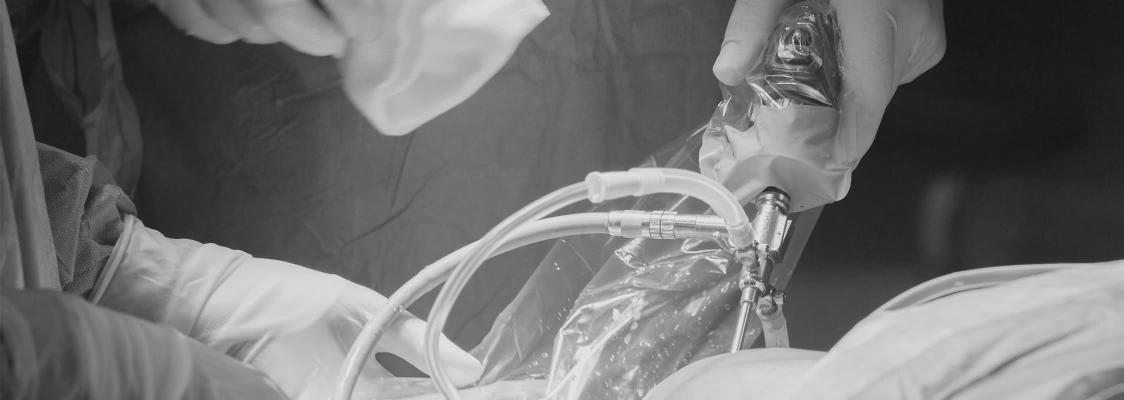High tibial Osteotomy (HTO) Surgery is a form of “knee preservation surgery” designed to alleviate pain and symptoms due to osteoarthritis or chronic ligament injuries of the knee whilst maintaining the natural knee joint (i.e. Avoiding knee replacement).
HTO involves cutting (osteotomy) of the upper end of the shin bone (just below the knee joint) in order to change the overall alignment of the leg. By altering leg alignment (usually moving the leg from a bow-legged shape into a subtle knock-knee shape), the pattern of force distribution across the knee can be altered – this allows force to be taken away from a damaged area of the knee and moved over to a healthy region of the knee.
After the bone cut has been made and the re-alignment performed, the osteotomy is held in position and “fixed” using a plate and screws. The plate is strong enough to allow immediate motion through the knee and weightbearing through the leg. The osteotomy site itself heals just like a fracture over the following months.
HTO is most commonly performed in people of young age that have significant osteoarthritis of one side of the knee (usually the inner side) and in whom total knee replacement surgery would not be advisable (due to young age, manual/physical occupation duties or desire to continue with athletic sports activities).
HTO surgery is usually very successful in treating arthritis symptoms in people who are not ideal candidates for knee replacement and who otherwise meet the appropriate criteria for HTO surgery. Age, weight, underlying knee function and other medical conditions all determine suitability for HTO surgery.
